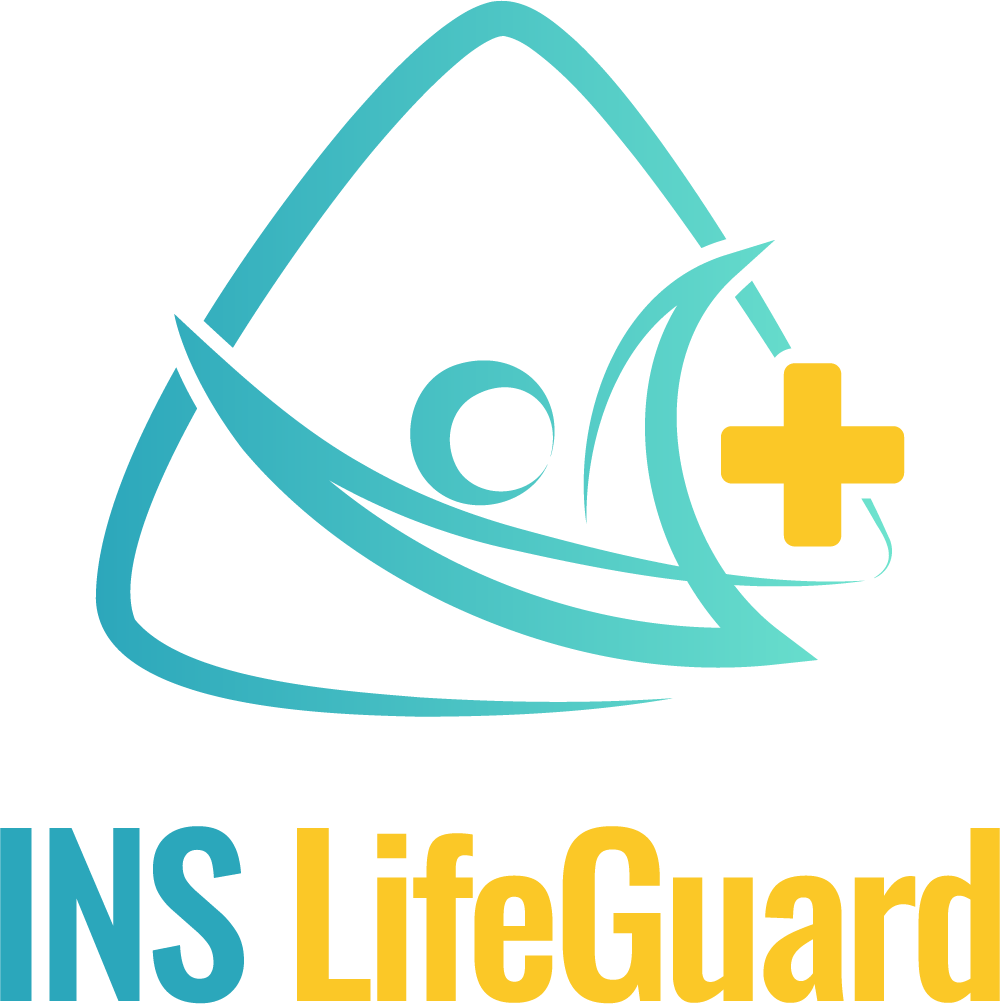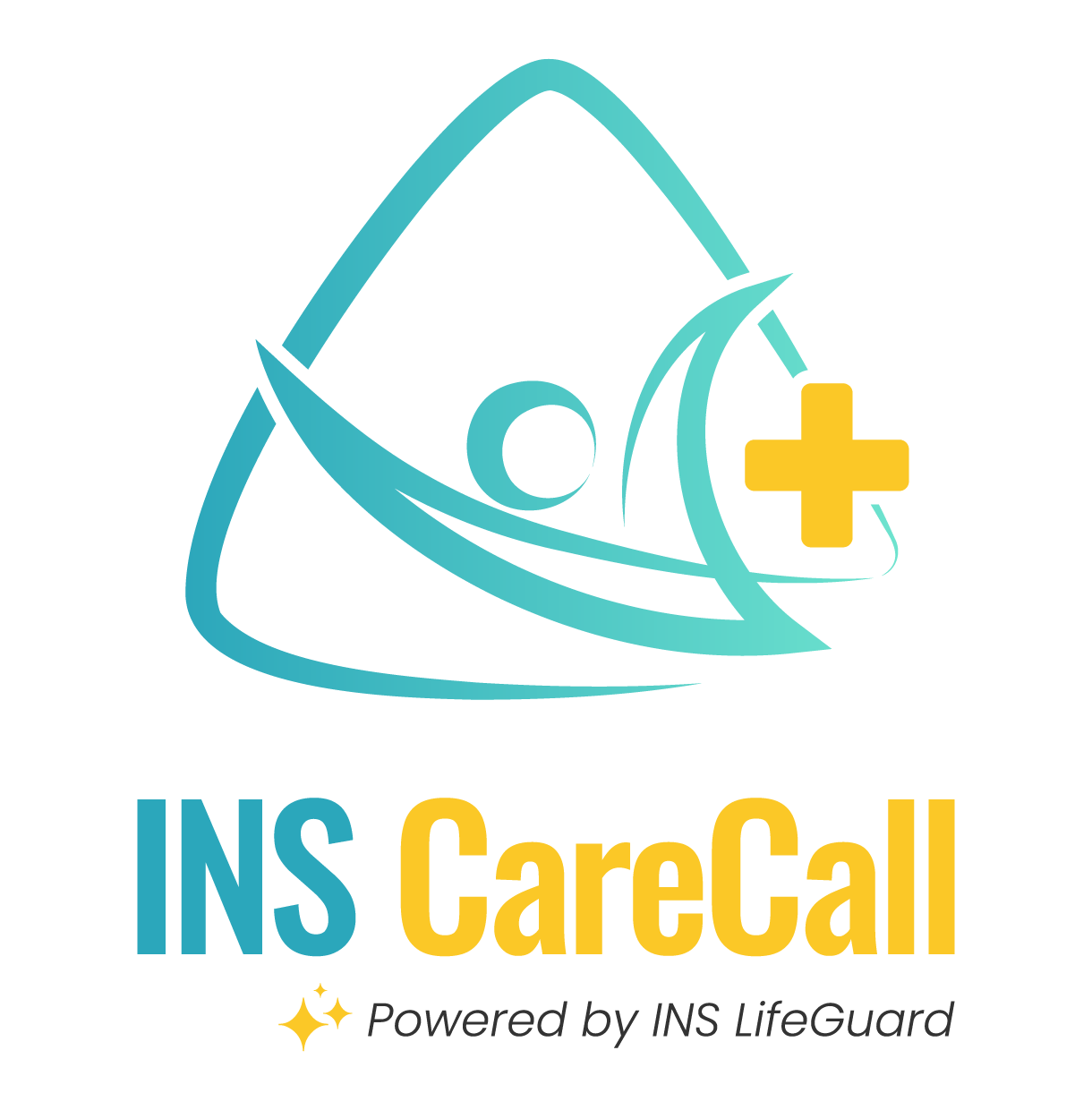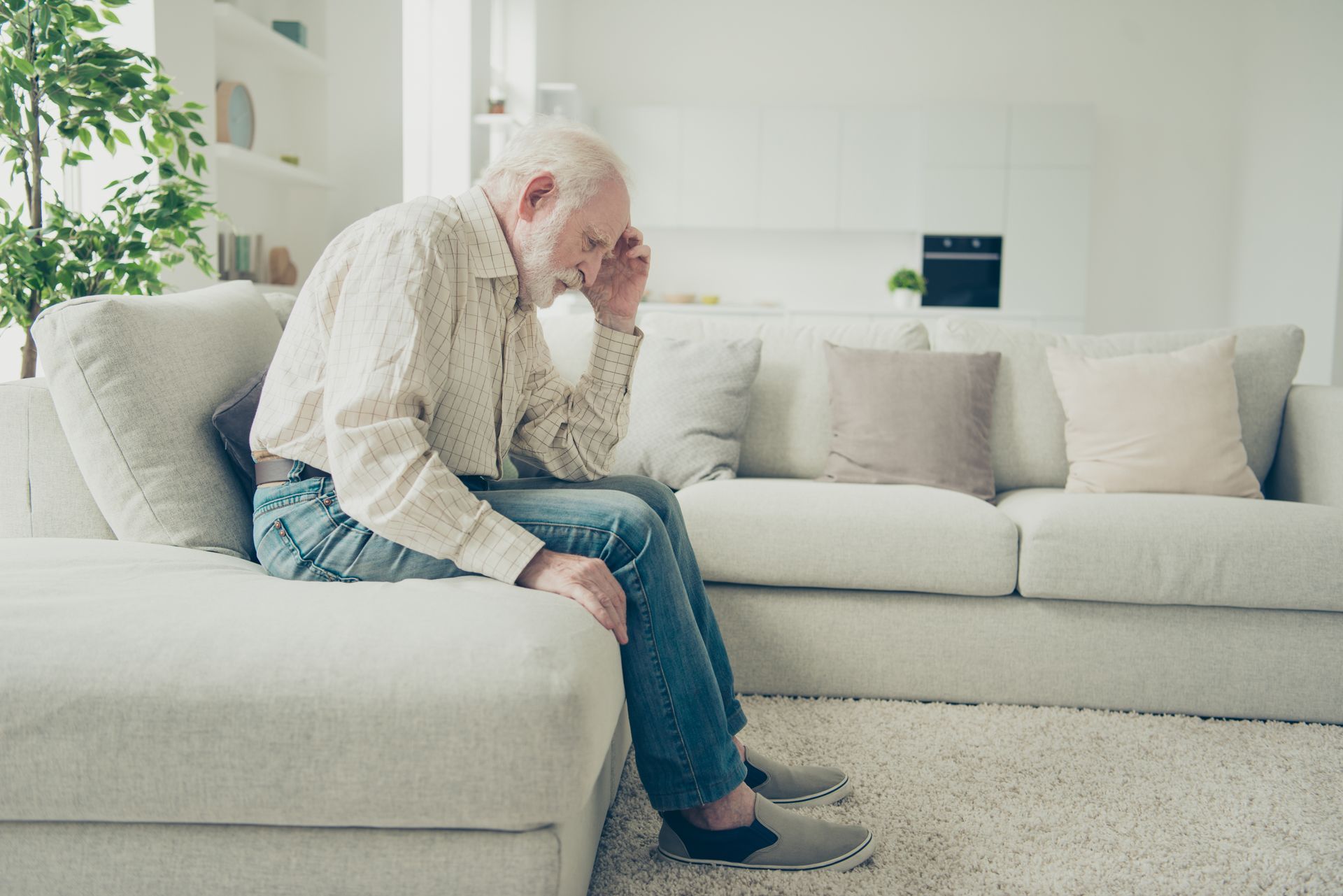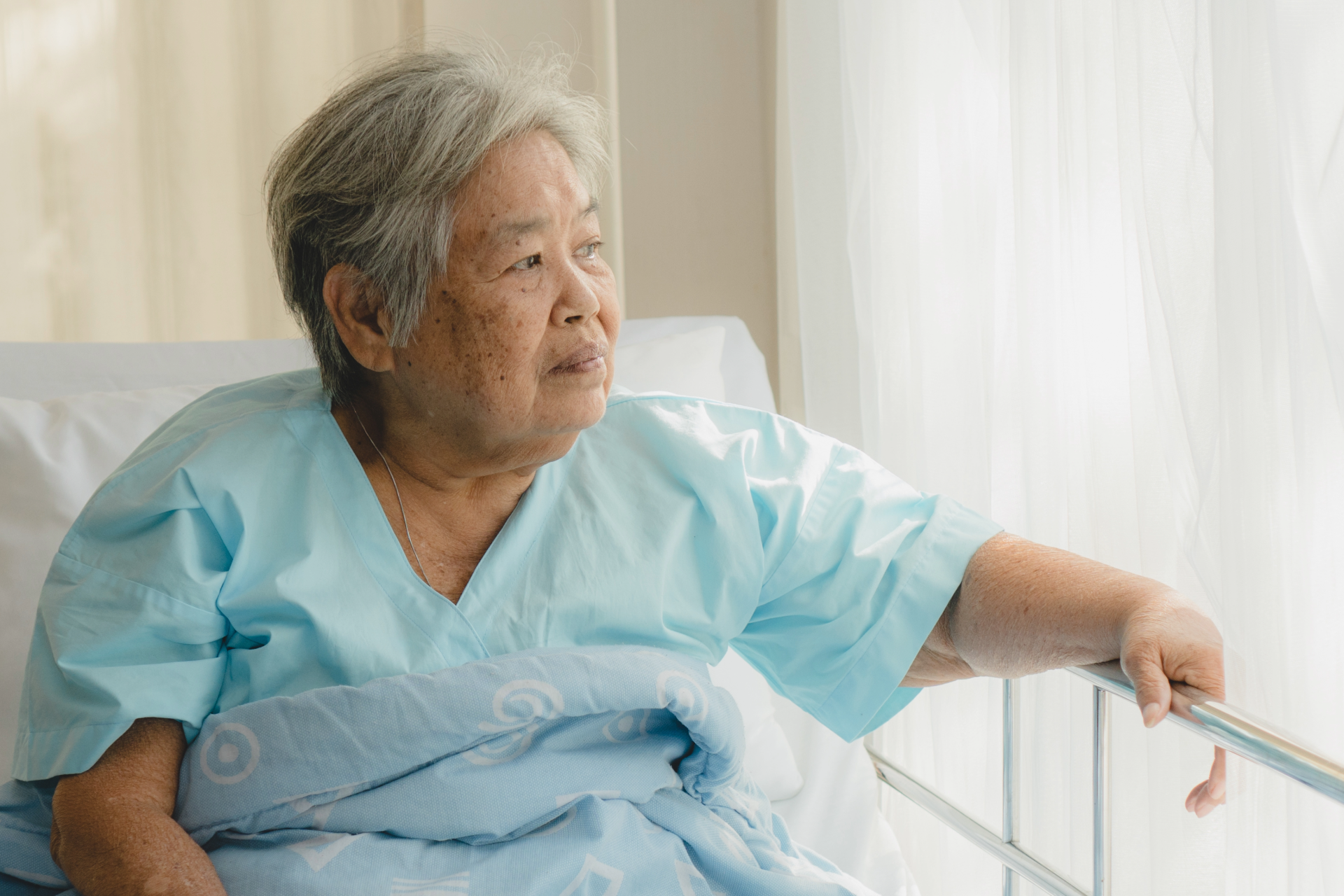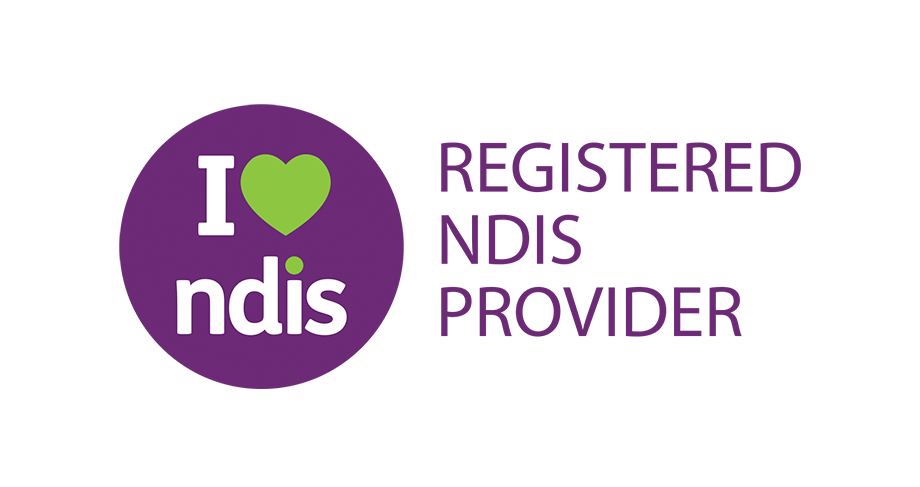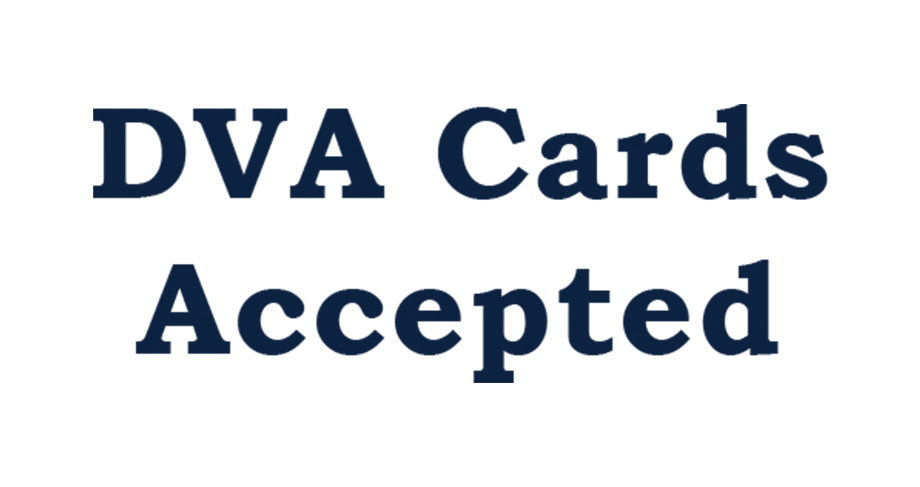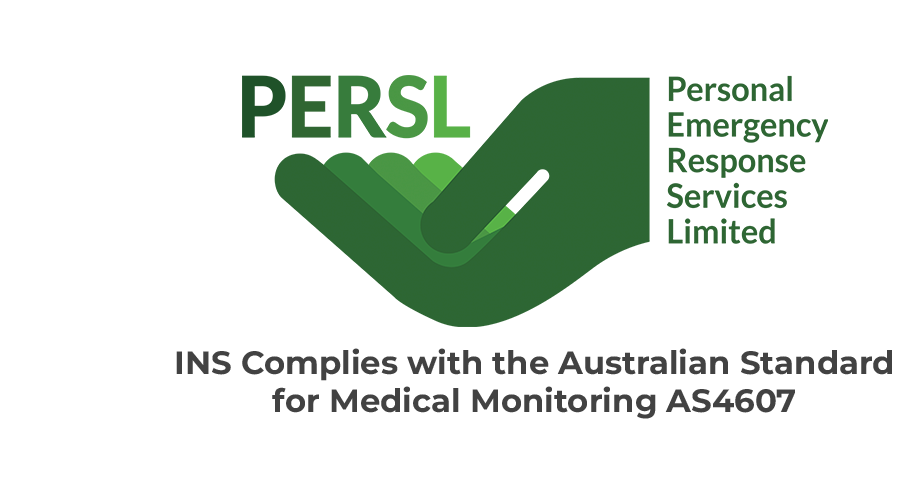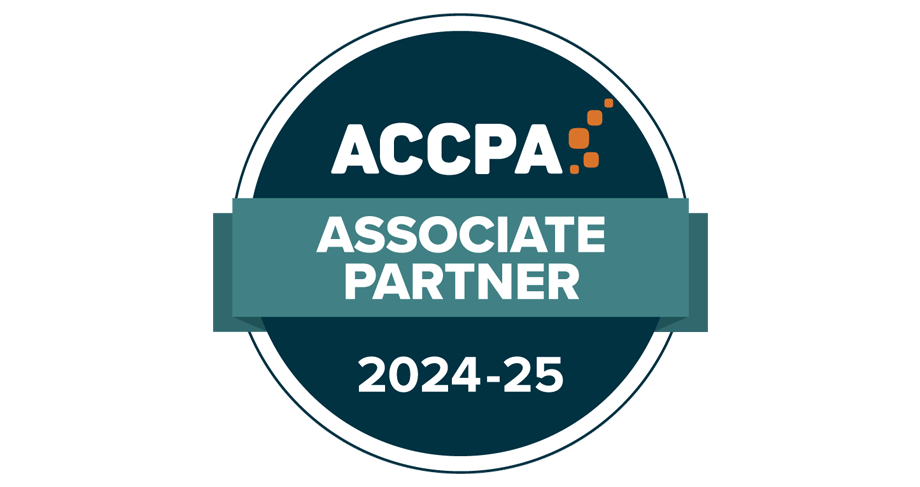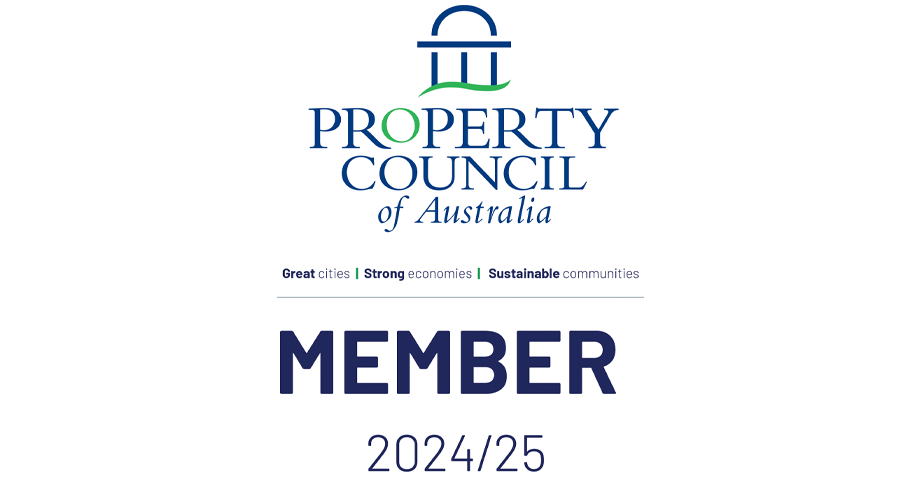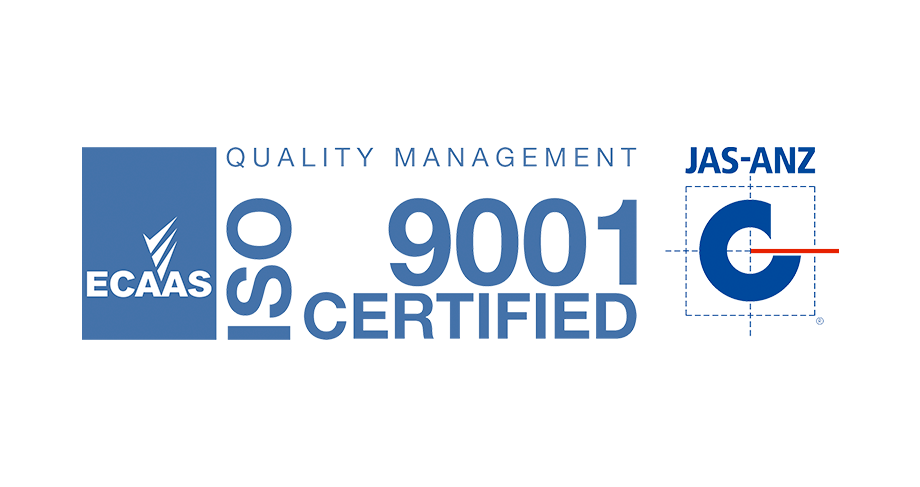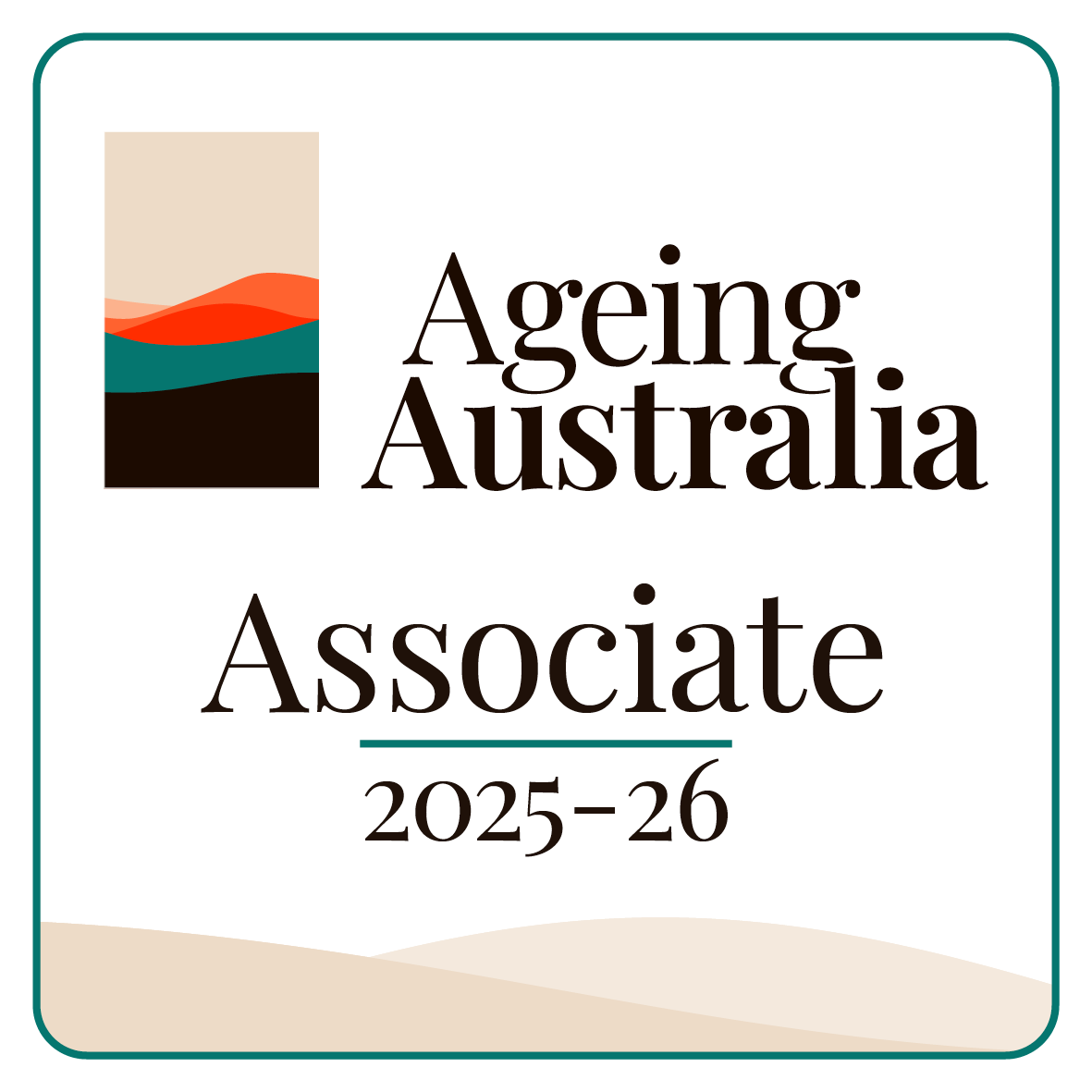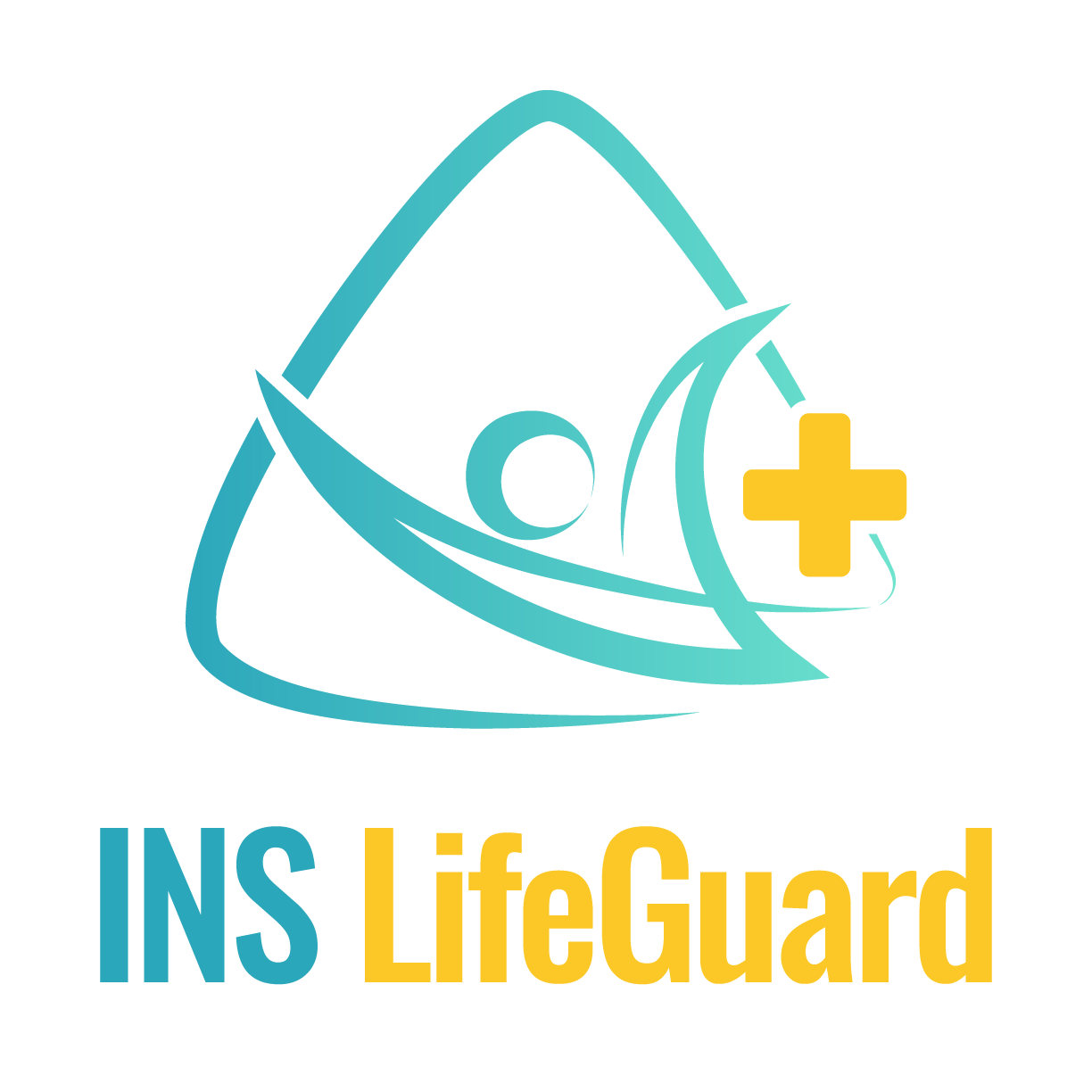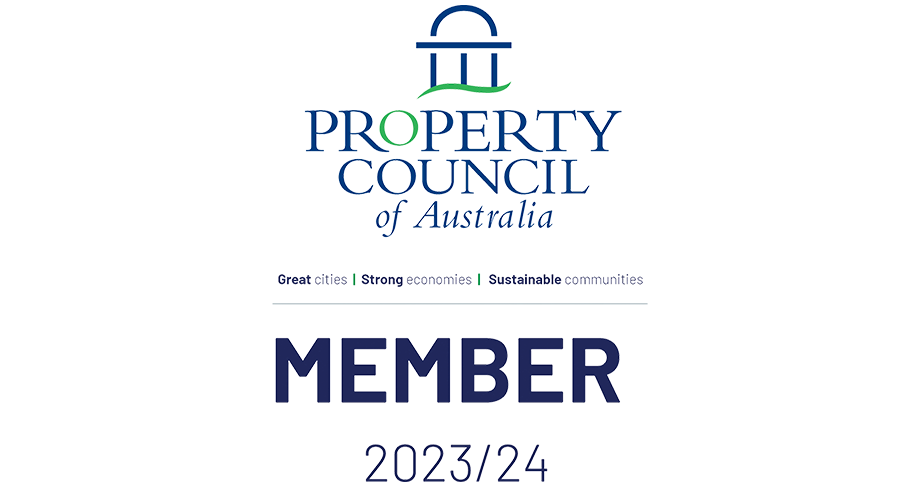Have a Question?
Breathing Exercises for Better Health and Wellbeing
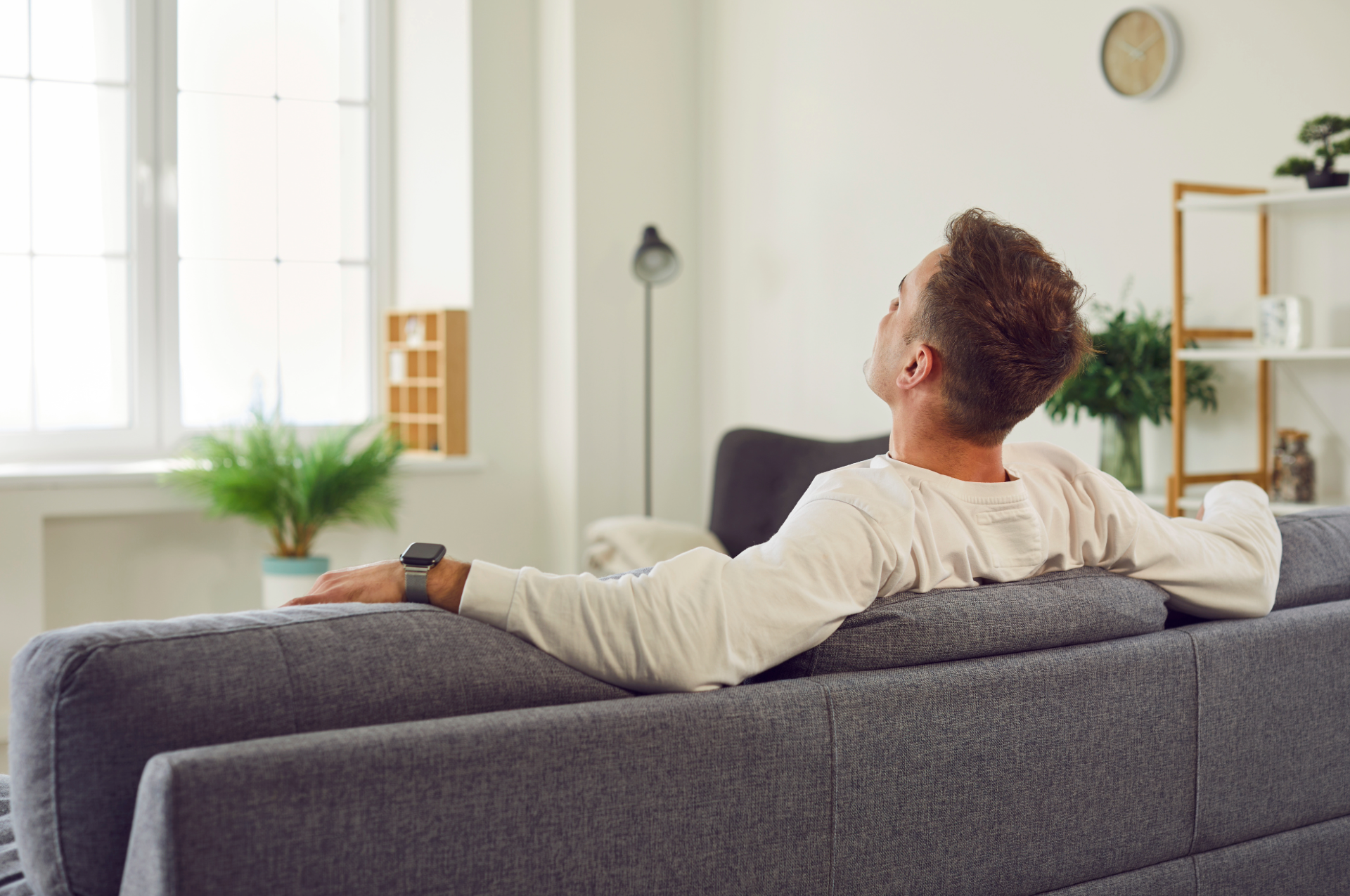
Most of us take breathing for granted; it’s automatic, something we rarely think about. But how we breathe can have a powerful effect on our body and mind.
Whether you’re a senior wanting to support your health, a carer managing stress, someone living with a long-term condition, or simply an everyday person looking to feel calmer and more focused, breathing exercises are a readily accessible, simple, safe, and effective way to improve wellbeing. They put the power of health improvement in your hands.
From reducing stress and helping with sleep to enhancing heart health by lowering blood, breathing exercises are safe practices that can be used anytime, anywhere, with no equipment required. They are a reassuringly risk-free way to improve your health.
The Benefits of Breathing Exercises
Breathing exercises are more than just relaxation techniques. They can help:
- Improve lung health – strengthen the diaphragm and increase oxygen intake
- Support heart health – reduce blood pressure and promote circulation.
- Calm the mind – ease anxiety, stress, or feelings of restlessness.
- Boost focus and energy – oxygen-rich blood supports brain function.
- Aid recovery – helpful before or after physical activity.
- Improve sleep – slow breathing can signal to the body it’s time to rest.
How to Do Breathing Exercises
Here are four simple techniques you can start practising today:
1. Diaphragmatic Breathing (Belly Breathing)
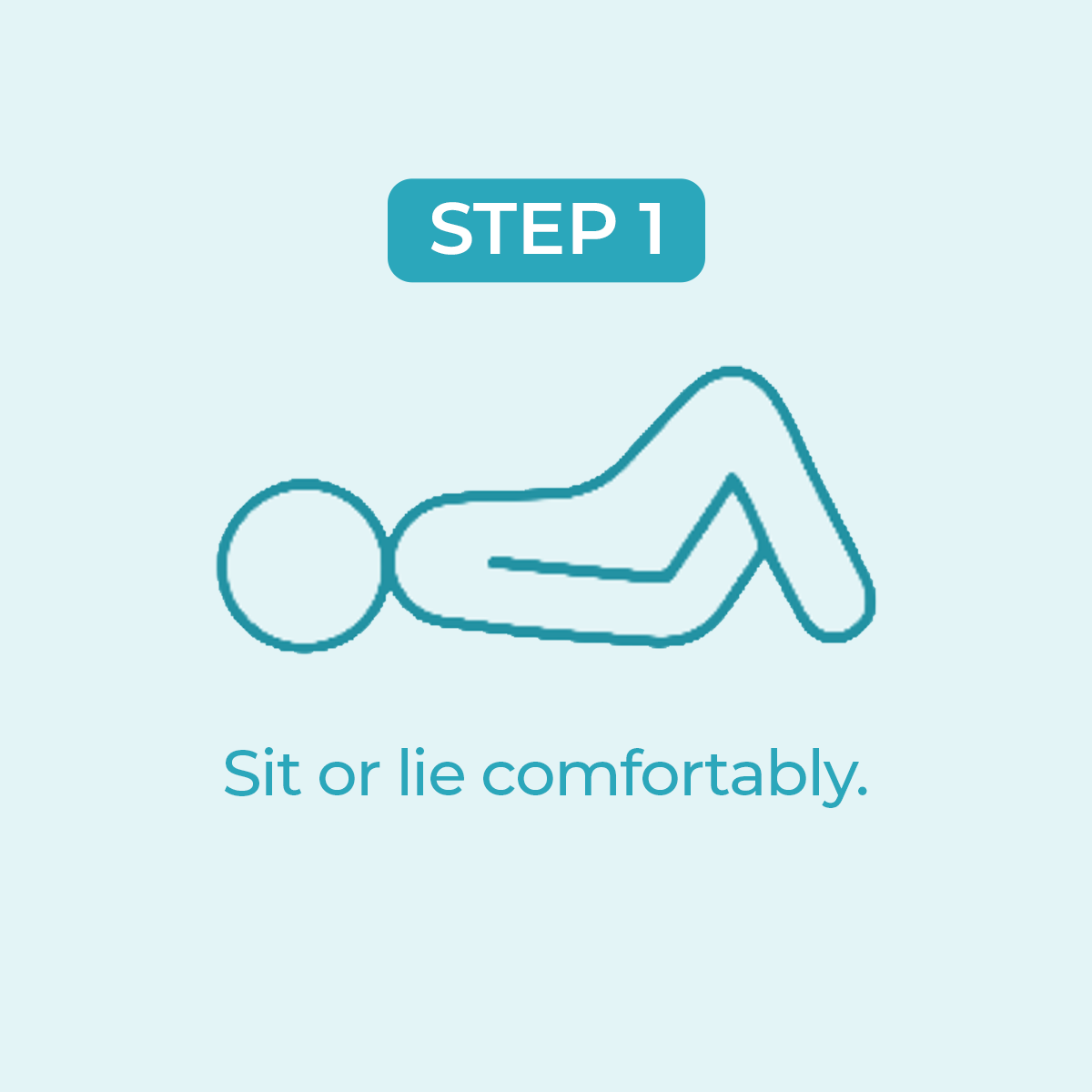
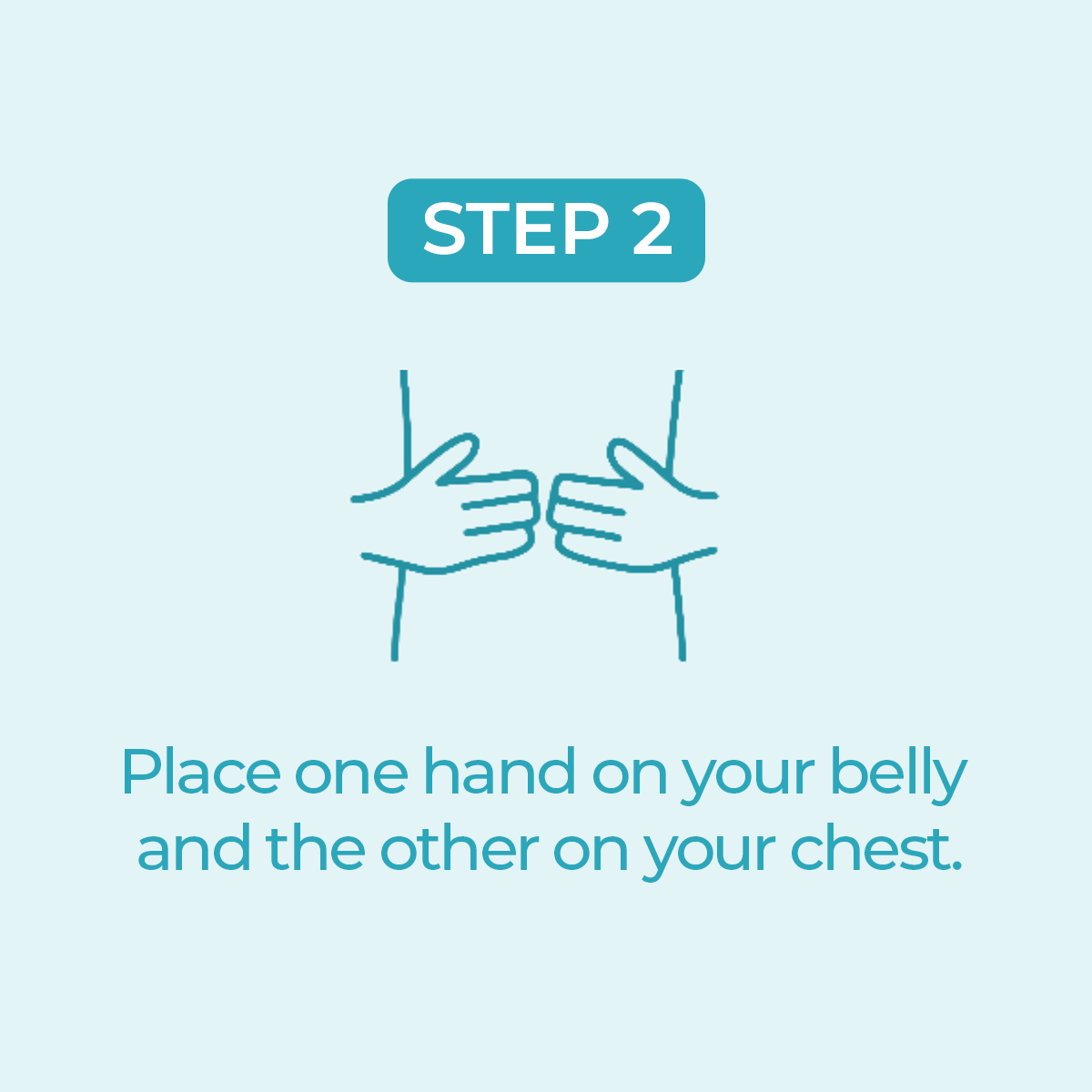
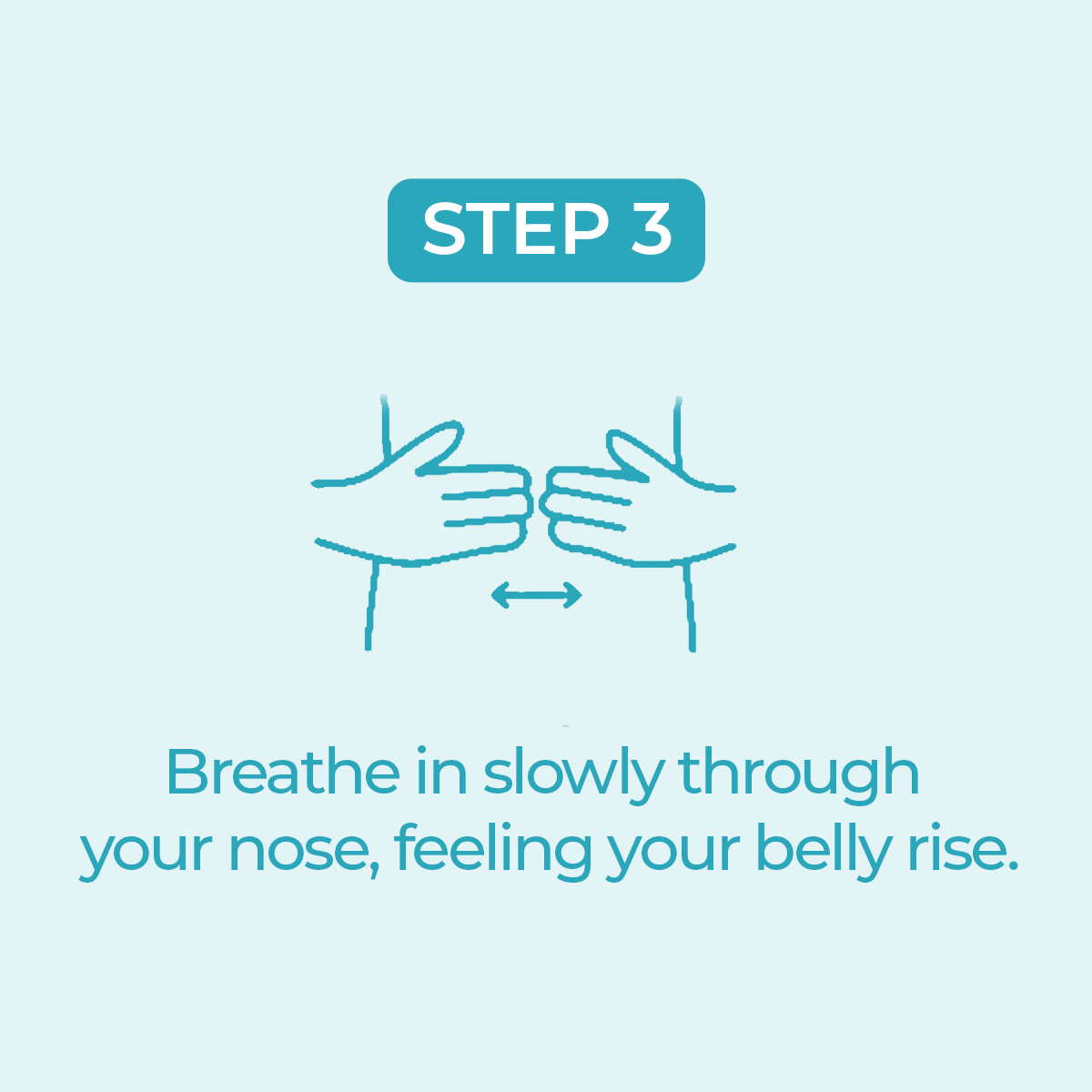
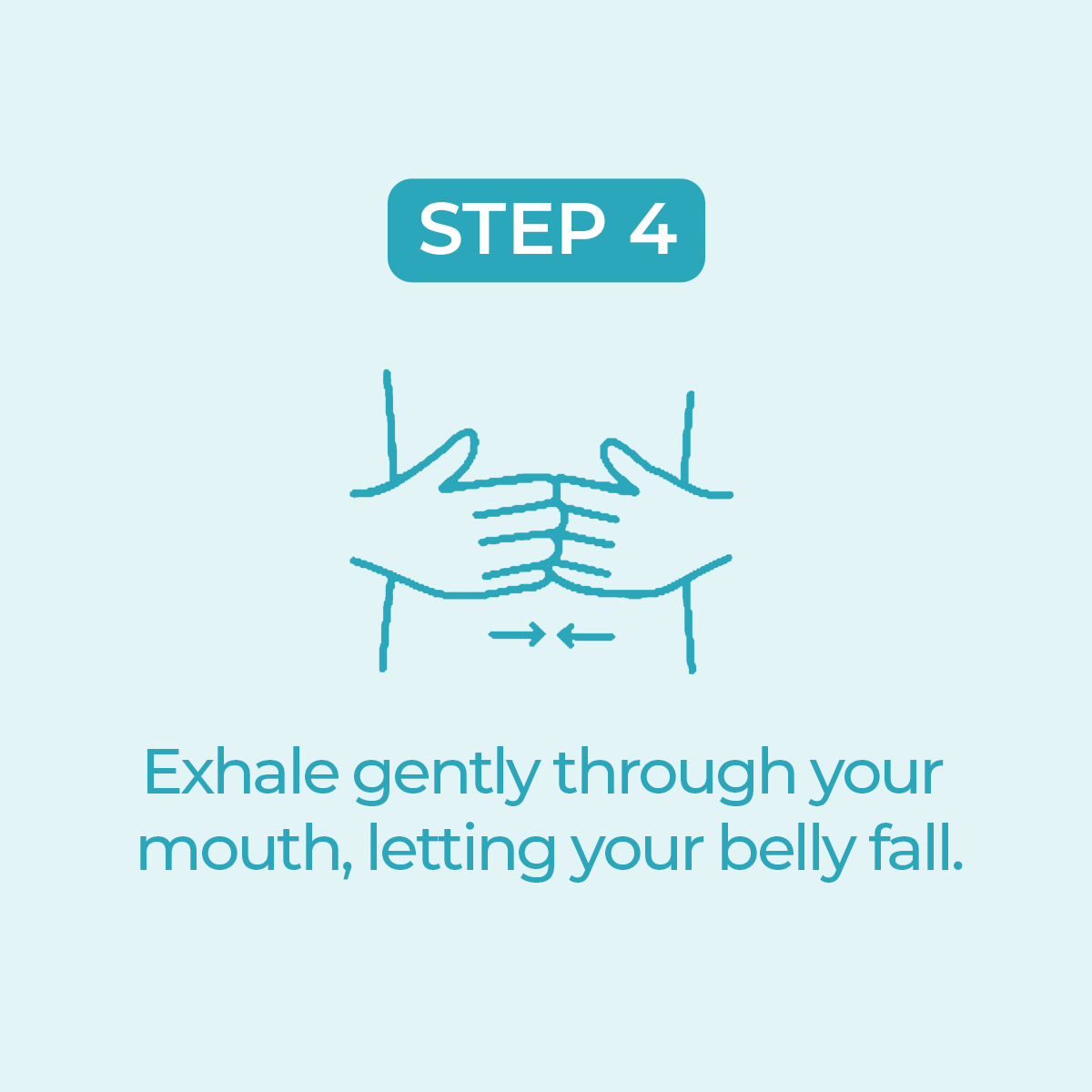
Belly breathing, also called abdominal or diaphragmatic breathing, uses your diaphragm, lungs, and stomach muscles to promote deeper, more effective breaths. A 2017 study found it can lower cortisol levels, the body’s primary stress hormone, helping you feel calmer and more relaxed.
It helps strengthen the diaphragm and improve oxygen flow.
- Sit or lie comfortably.
- Place one hand on your belly and the other on your chest.
- Breathe in slowly through your nose, feeling your belly rise.
- Exhale gently through your mouth, letting your belly fall.
2. Box Breathing (4-4-4-4)
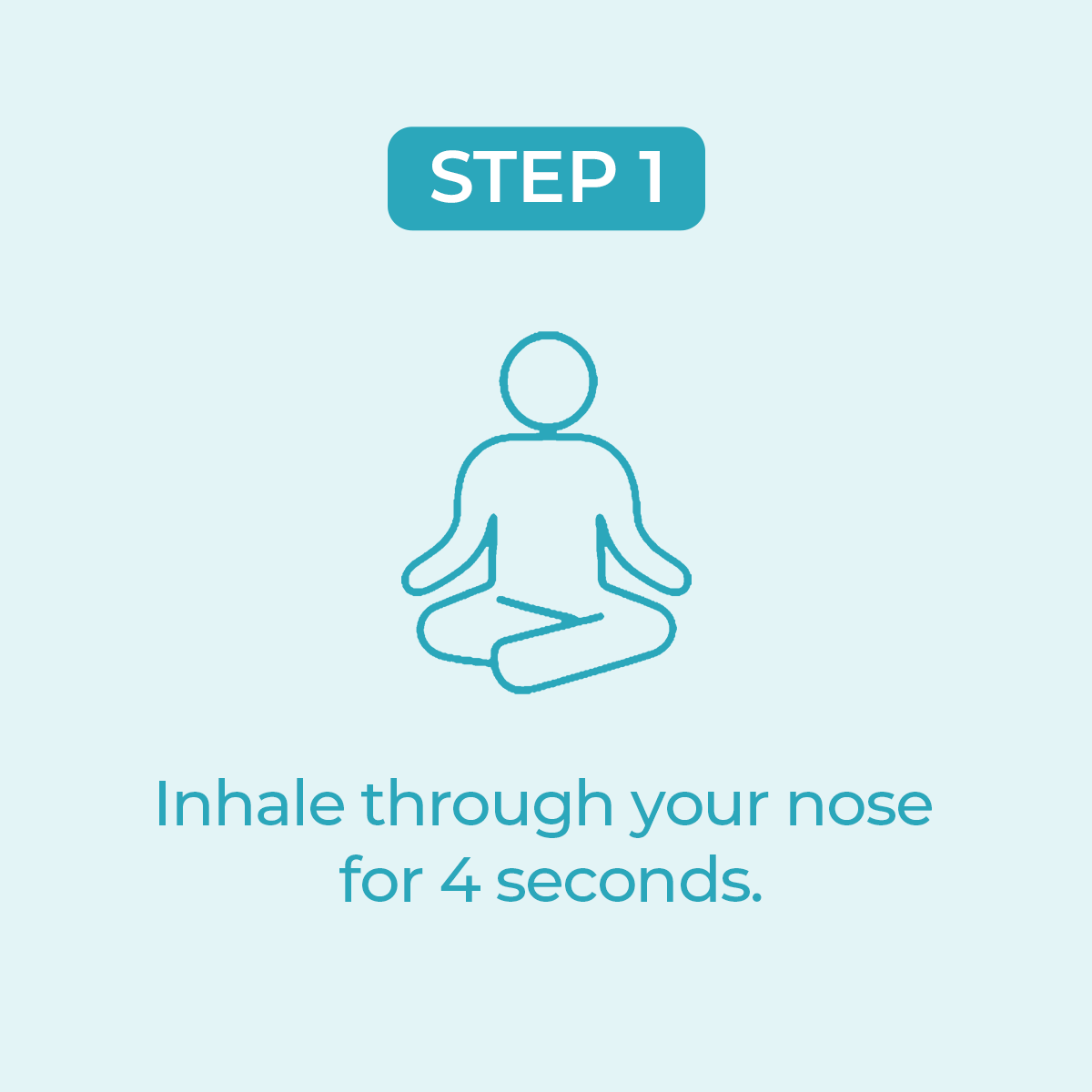
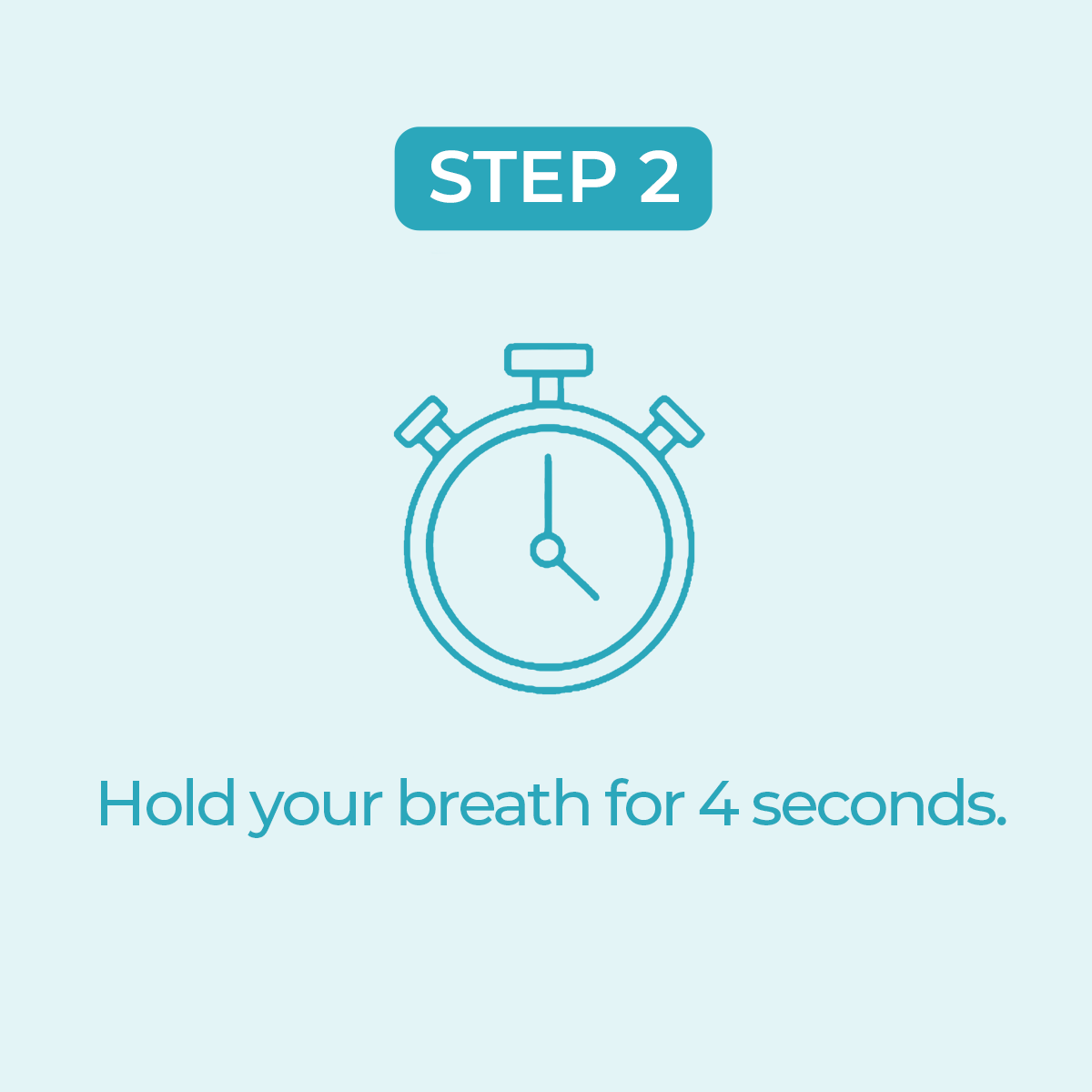
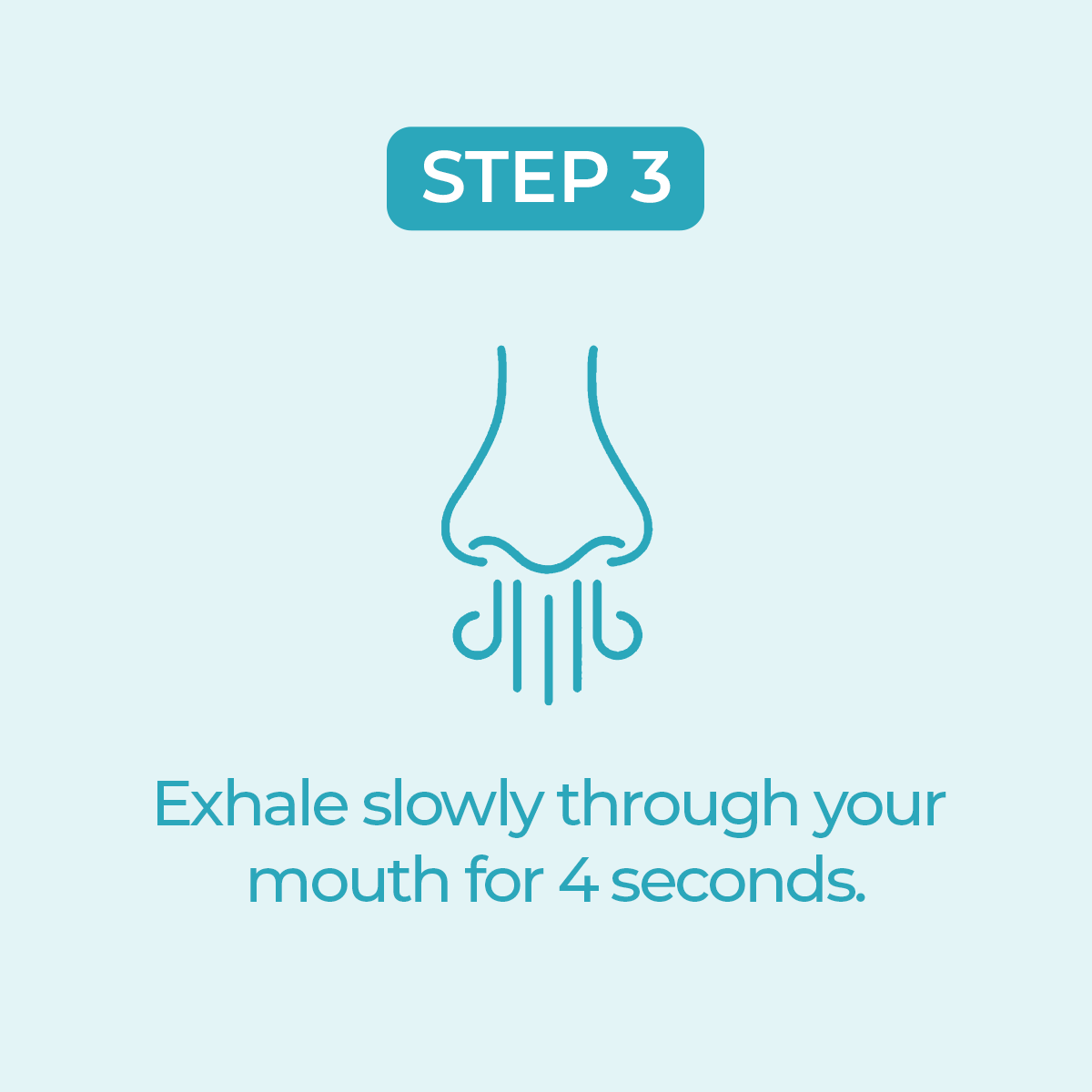
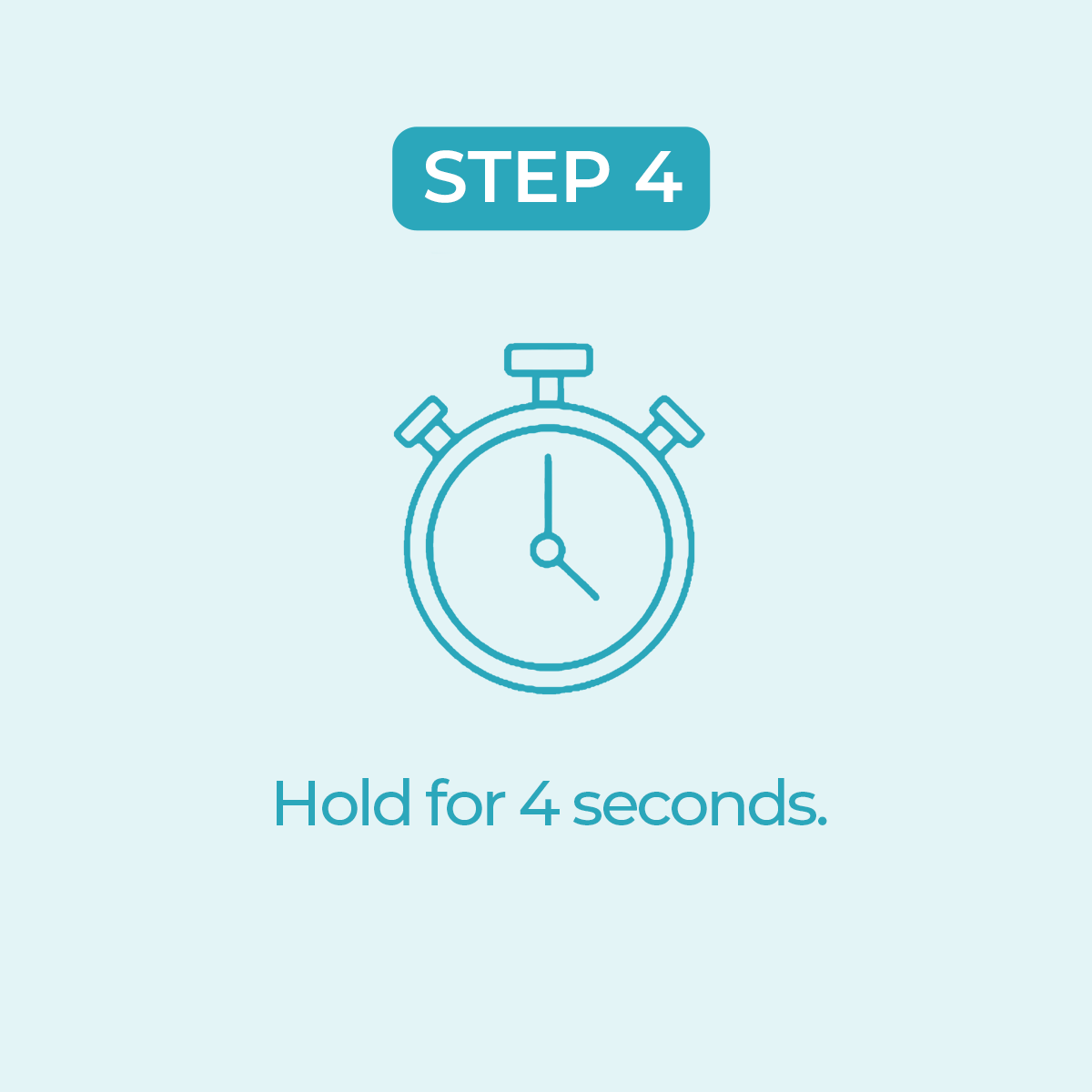
Used by athletes and even the military to stay calm under pressure, this technique is known as paced breathing. Research shows it can increase awareness of your internal state, helping you respond more mindfully in high-stress situations. Try it by inhaling through your nose for four seconds.
- Hold your breath for 4 seconds.
- Exhale slowly through your mouth for 4 seconds.
- Hold for 4 seconds.
- Repeat for several cycles.
3. Pursed-Lip Breathing
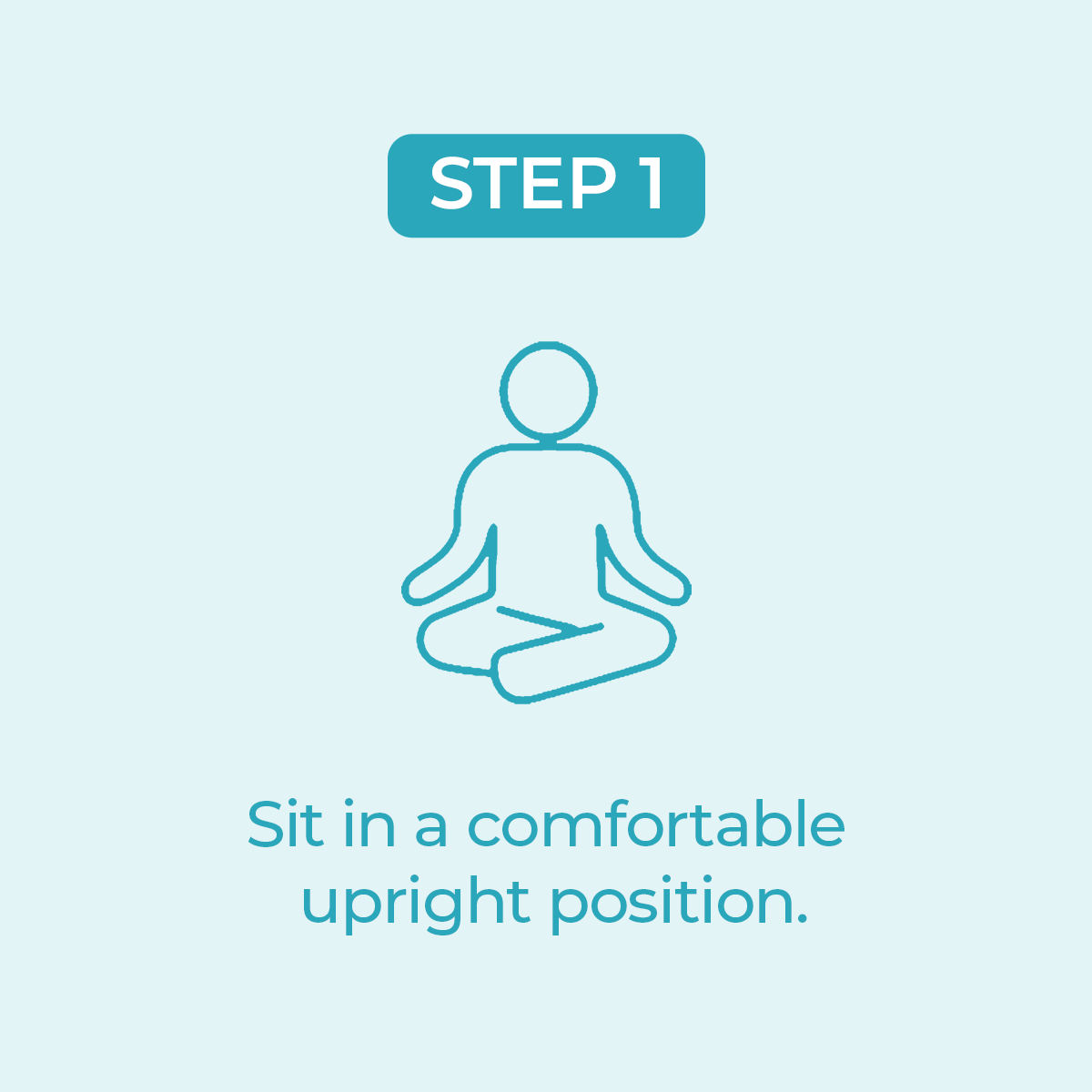
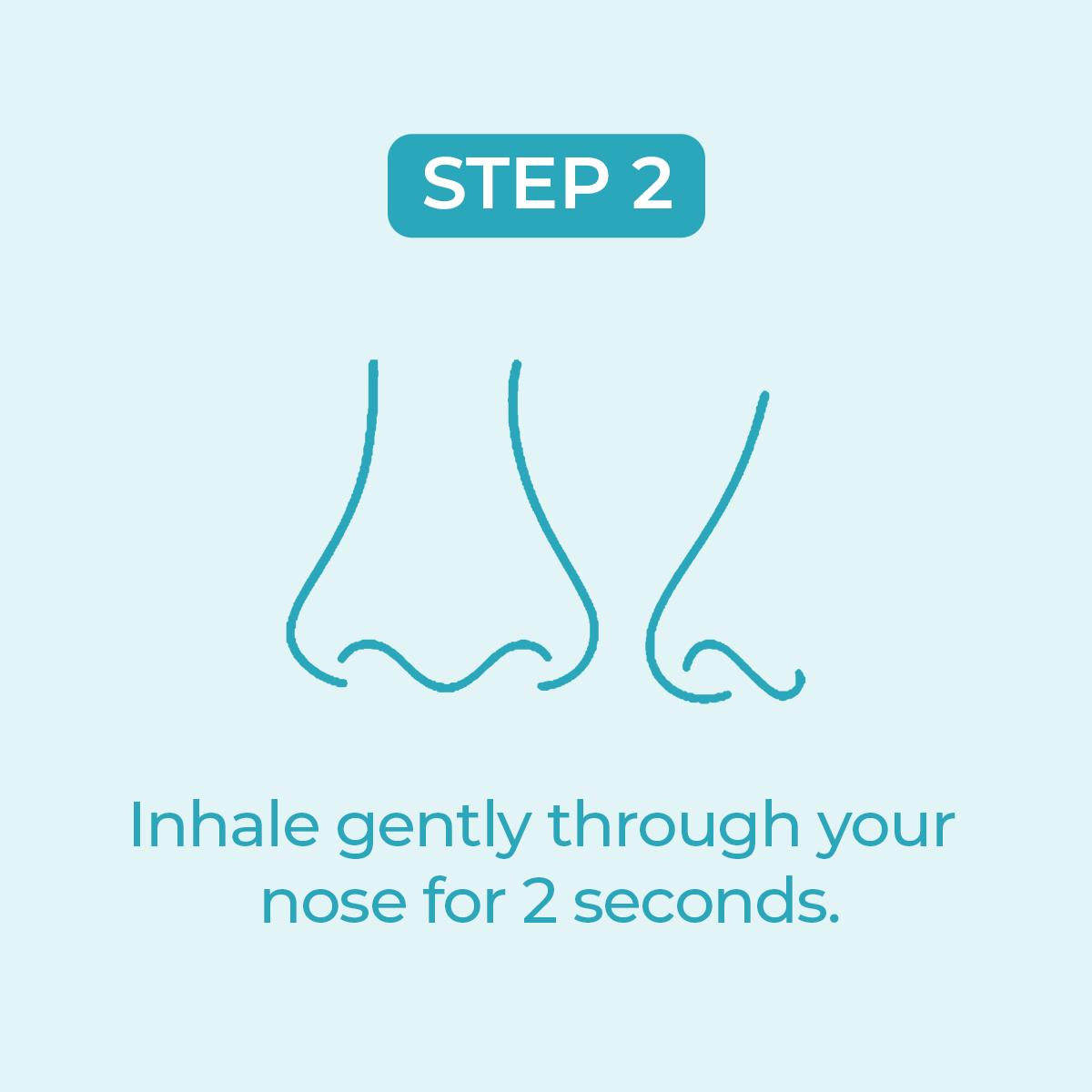
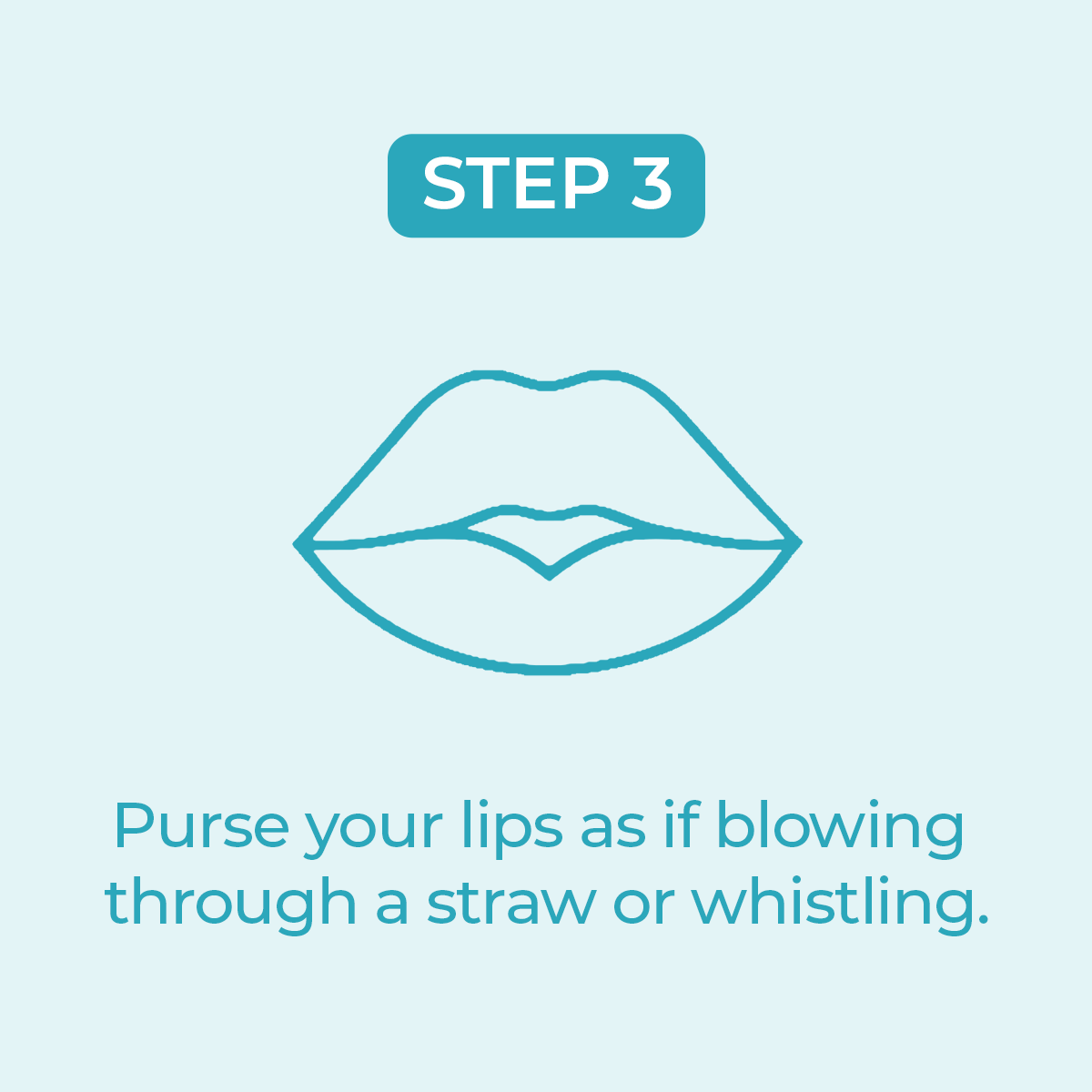
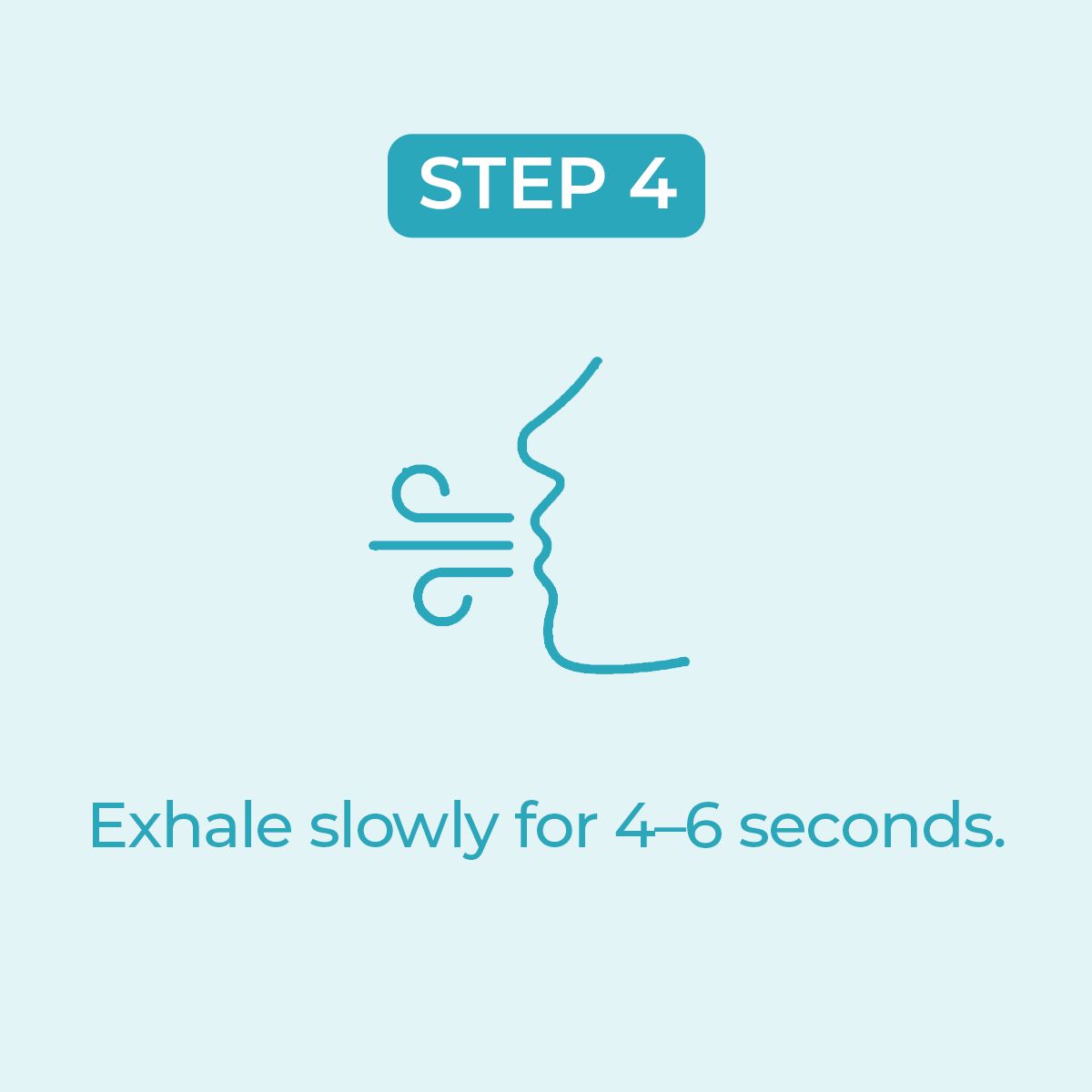
Clinical research has shown that pursed-lip breathing is a simple yet powerful technique for relaxation. It’s also been found to help relieve symptoms of COPD, including shortness of breath.
- Inhale through your nose for 2 seconds.
- Purse your lips as if you’re about to whistle.
- Exhale slowly for 4 seconds.
4. Coherent Breathing
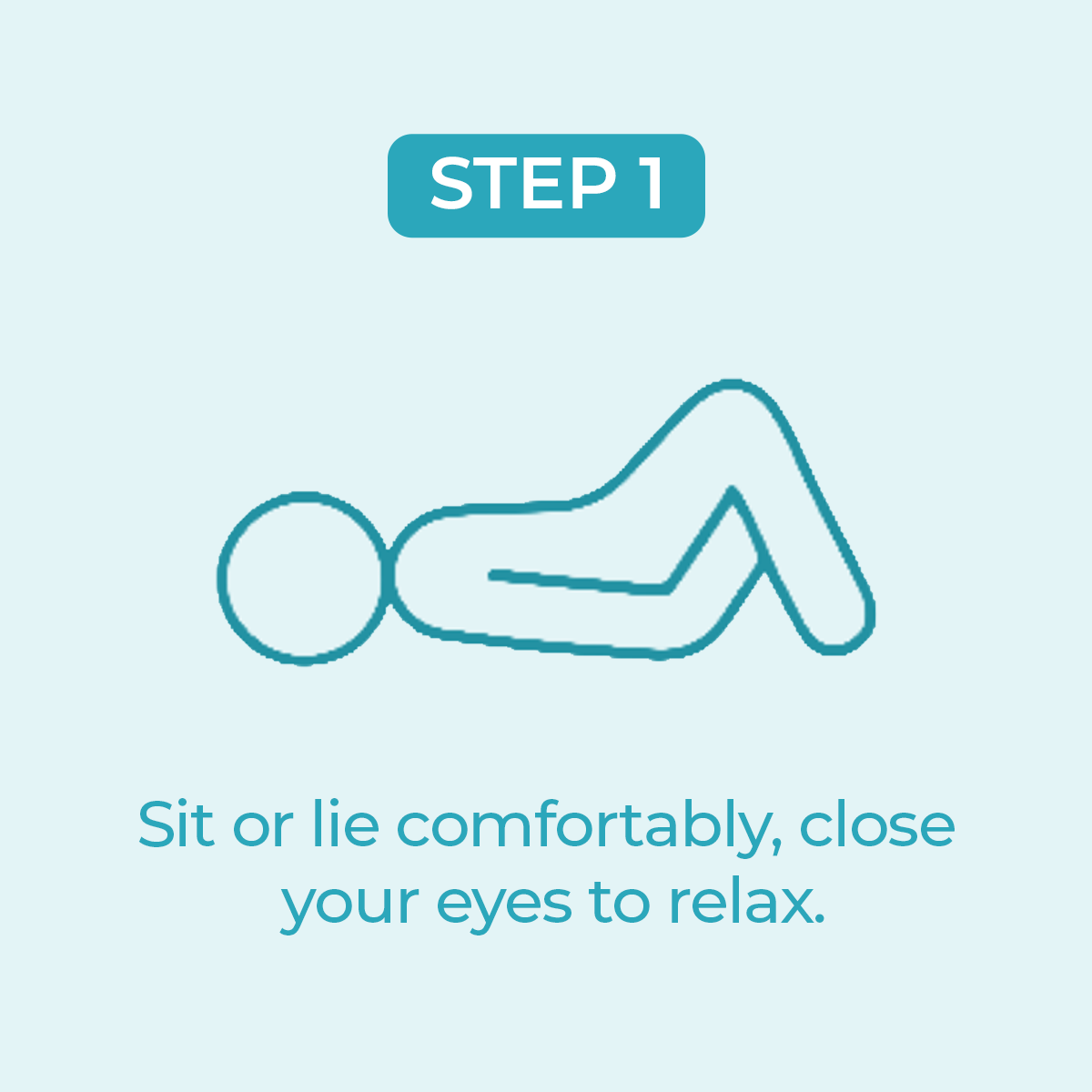
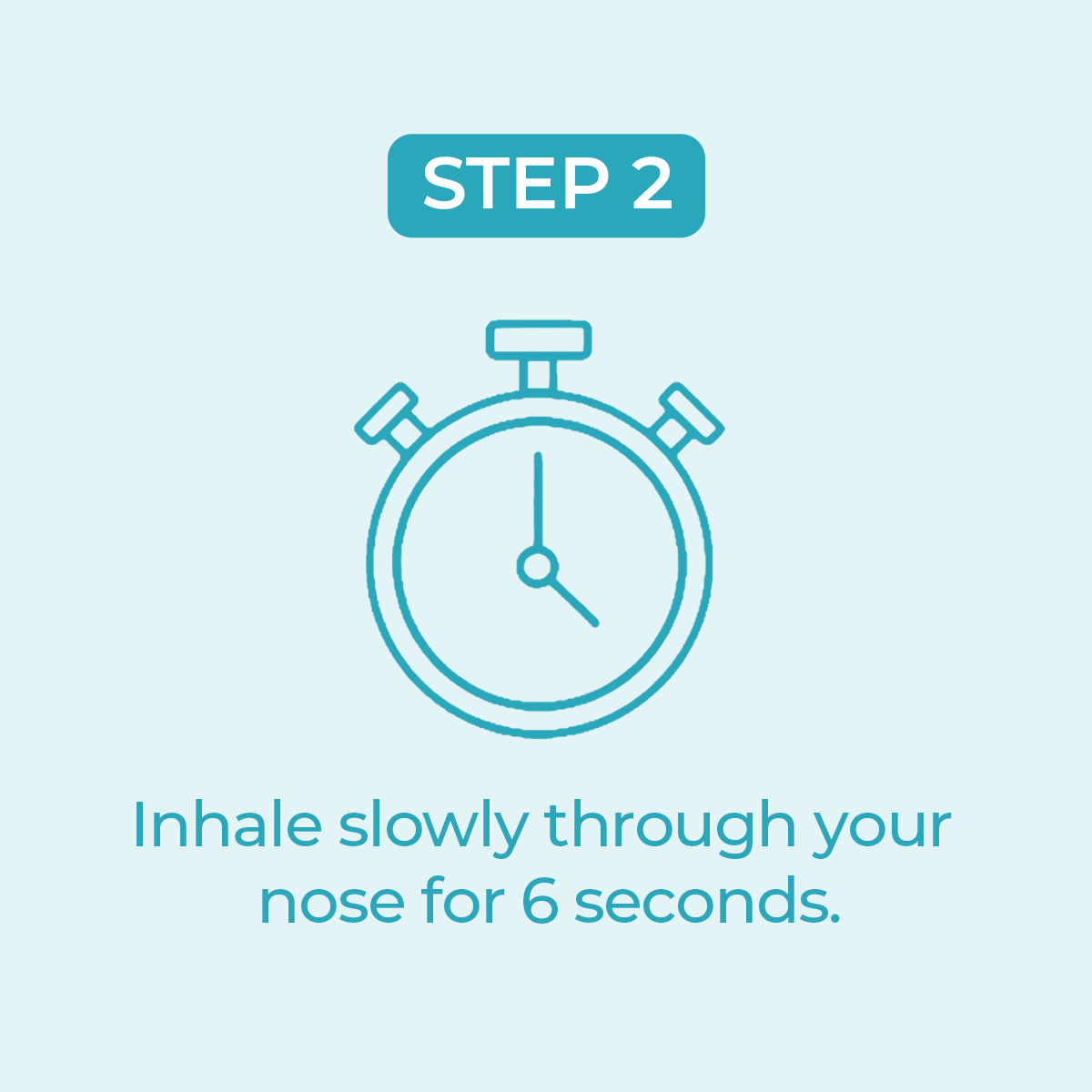
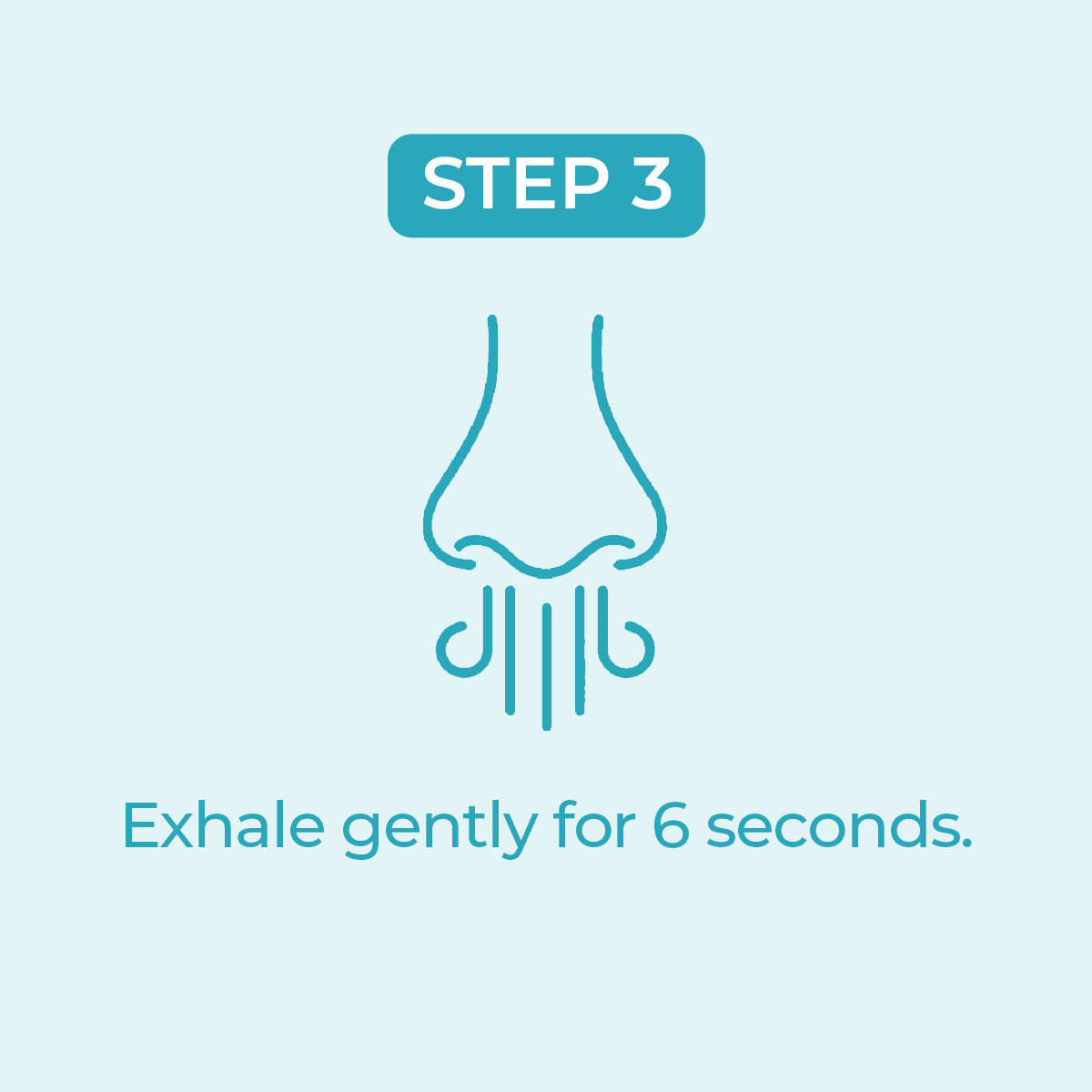
Coherent breathing is a technique that focuses on slowing and balancing the length of each breath, reducing your breathing rate to around 5–6 breaths per minute. This gentle rhythm engages the phrenic nerve, improving blood circulation, and stimulates the vagus nerve, which helps shift the body out of “fight or flight” mode into a calmer, more grounded state.
Practising coherent breathing regularly can support better focus, deeper sleep, and reduced muscle tension, all by encouraging relaxation through steady, mindful breathing.
- Sit or lie in a relaxed position.
- Inhale gently for a count of 5–6.
- Exhale for the exact count of 5–6.
- Continue for 5–10 minutes.
Download Your Free Breathing
Exercise Guide
Want to keep these techniques close at hand? Download our free, printable breathing exercise guide, perfect for pinning to your fridge or workspace. It includes simple, step-by-step instructions for pursed-lip breathing, belly breathing, paced breathing, and more.
Stick it somewhere visible to build a daily habit and breathe better with confidence.
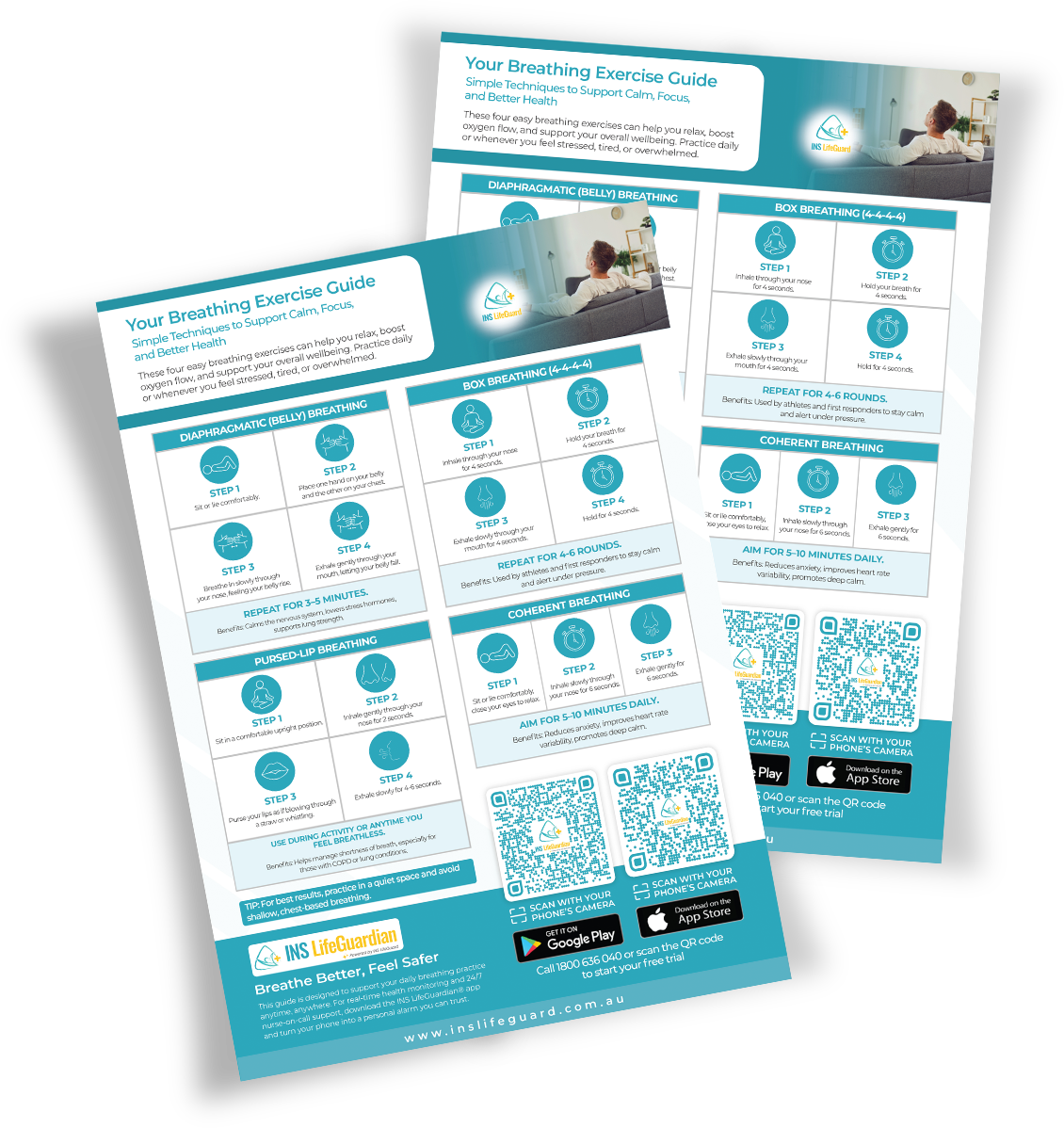
When to Use Breathing Exercises
Breathing techniques are flexible and can be used throughout the day:
- Daily practice, 5–10 minutes in the morning or evening.
- During stress or anxiety, use this technique to calm the mind and body.
- Before/after exercise to prepare muscles and aid recovery.
- For sleep, as part of a bedtime wind-down routine.
- With chronic conditions such as COPD, high blood pressure, or anxiety (with GP approval).
Safety Tips
- Always start seated or lying down until you feel confident.
- Stop if you feel dizzy, light-headed, or unwell.
- Speak with your GP before beginning new routines, especially if you have heart or lung conditions.
How INS LifeGuardian® Supports Better Breathing
INS LifeGuardian turns your phone into a personal alarm, directly linking you to Australia’s only nurse-on-call personal alarm system.
Breathing quality is closely tied to heart rate and oxygen saturation, key indicators that can be continuously monitored using compatible smartwatches linked with INS LifeGuardian®.
With this data at your fingertips:
- Real-time alerts are sent when irregular breathing patterns or abnormal vital signs are detected.
- Qualified nurses monitor your health 24/7, respond to alerts immediately, and follow up when needed.
- Monthly health reviews and trend analyses help detect early signs of change, enabling timely intervention.
- Comprehensive reports can be shared with your GP or specialist, supporting more informed care.
Breathing exercises become even more effective with real-time feedback. With INS LifeGuardian®, you’re supported every step of the way, empowering your health journey and giving you peace of mind.
Final Thoughts
Breathing exercises are simple, free, and practical tools that can benefit both body and mind. From managing stress and improving sleep to supporting lung and heart health, they’re an easy habit with big rewards.

About
INS LifeGuard is the only 24/7 nurse on-call personal and medical monitoring in Australia. We provide monitoring technology for both in the home and on the go and can also monitor other provider's equipment. Our services are suitable for anyone wanting support to stay independent such as the elderly, those with medical conditions and disabilities plus enhancing safety and security for lone workers.
